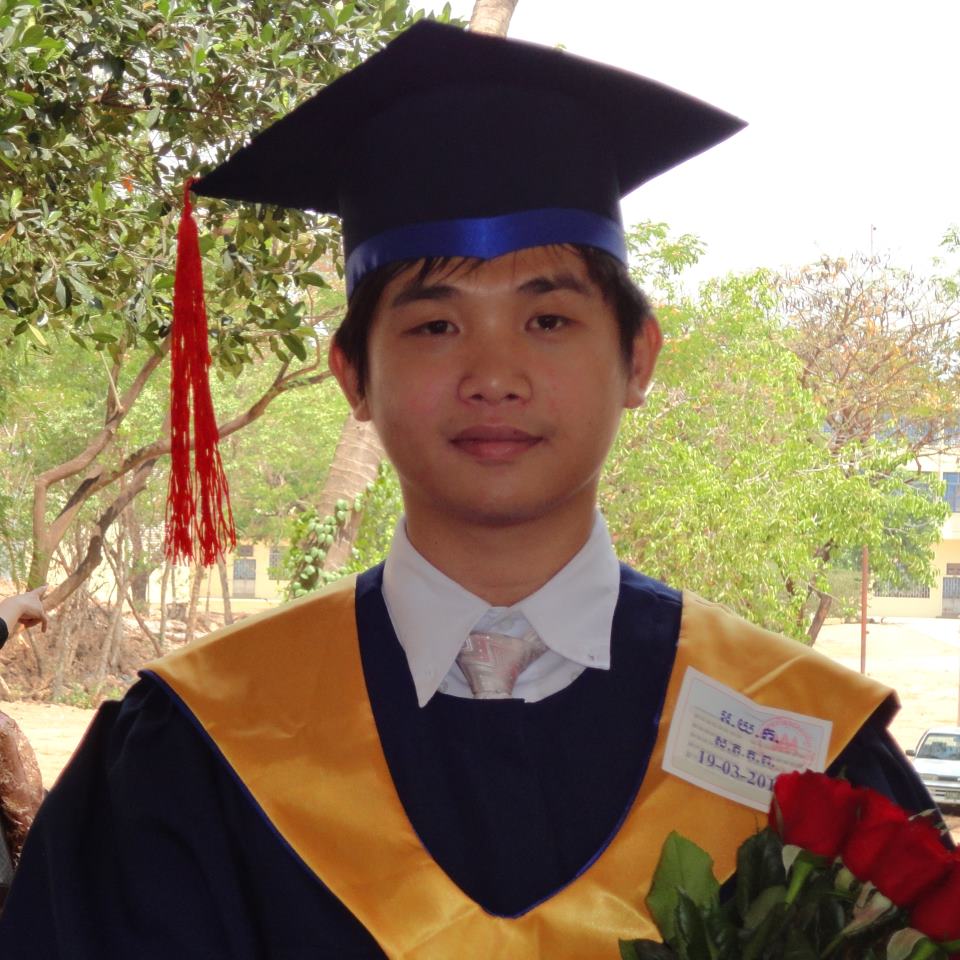map_tag_bubble.xml
manifest.xml
map_bubble_background.xml
MapBubbleActivity.java
package monstercodz.blogspot.com;
import java.util.ArrayList;
import java.util.List;
import android.graphics.drawable.Drawable;
import android.os.Bundle;
import android.view.KeyEvent;
import android.view.View;
import android.view.View.OnClickListener;
import android.view.ViewGroup;
import android.widget.LinearLayout;
import android.widget.TextView;
import com.google.android.maps.GeoPoint;
import com.google.android.maps.ItemizedOverlay;
import com.google.android.maps.MapActivity;
import com.google.android.maps.MapView;
import com.google.android.maps.MyLocationOverlay;
import com.google.android.maps.OverlayItem;
public class MapBubbleActivity extends MapActivity {
private MapView map = null;
private MyLocationOverlay me = null;
private View viewBubble;
private ViewGroup parentBubble;
private OverlayItem item;
private GeoPoint geo;
@Override
public void onCreate(Bundle savedInstanceState) {
super.onCreate(savedInstanceState);
setContentView(R.layout.main);
map = (MapView) findViewById(R.id.map);
map.getController().setCenter(
getPoint(40.76793169992044, -73.98180484771729));
map.getController().setZoom(17);
map.setBuiltInZoomControls(true);
Drawable marker = getResources().getDrawable(R.drawable.marker);
marker.setBounds(0, 0, marker.getIntrinsicWidth(),
marker.getIntrinsicHeight());
map.getOverlays().add(new SitesOverlay(marker));
me = new MyLocationOverlay(this, map);
map.getOverlays().add(me);
}
@Override
public void onResume() {
super.onResume();
me.enableCompass();
}
@Override
public void onPause() {
super.onPause();
me.disableCompass();
}
@Override
protected boolean isRouteDisplayed() {
return (false);
}
@Override
public boolean onKeyDown(int keyCode, KeyEvent event) {
if (keyCode == KeyEvent.KEYCODE_S) {
map.setSatellite(!map.isSatellite());
return (true);
} else if (keyCode == KeyEvent.KEYCODE_Z) {
map.displayZoomControls(true);
return (true);
}
return (super.onKeyDown(keyCode, event));
}
private GeoPoint getPoint(double lat, double lon) {
return (new GeoPoint((int) (lat * 1000000.0), (int) (lon * 1000000.0)));
}
private class SitesOverlay extends ItemizedOverlay {
private List items = new ArrayList();
public SitesOverlay(Drawable marker) {
super(marker);
boundCenterBottom(marker);
items.add(new OverlayItem(getPoint(40.748963847316034,
-73.96807193756104), "UN", "United Nations"));
items.add(new OverlayItem(getPoint(40.76866299974387,
-73.98268461227417), "Lincoln Center",
"Home of Jazz at Lincoln Center"));
items.add(new OverlayItem(getPoint(40.765136435316755,
-73.97989511489868), "Carnegie Hall",
"Where you go with practice, practice, practice"));
items.add(new OverlayItem(getPoint(40.70686417491799,
-74.01572942733765), "The Downtown Club",
"Original home of the Heisman Trophy"));
populate();
}
@Override
protected OverlayItem createItem(int i) {
return (items.get(i));
}
@Override
public boolean onTap(GeoPoint p, MapView mapView) {
dimissbubble();
return super.onTap(p, mapView);
}
@Override
protected boolean onTap(int i) {
item = getItem(i);
geo = item.getPoint();
addBubble(geo); //We call the functtion addbubble passing the position of the item tapped
return (true);
}
@Override
public int size() {
return (items.size());
}
}
private void dimissbubble(){
if (viewBubble != null) {
map.removeView(viewBubble);
viewBubble = null;
}
}
//the main function about bubble
private void addBubble(GeoPoint point) {
dimissbubble();
//if there isn't any bubble on the screen enter
if (viewBubble == null) {
parentBubble = (ViewGroup) map.getParent();
//We inflate the view with the bubble
viewBubble = getLayoutInflater().inflate(R.layout.map_tag_bubble,
parentBubble, false);
//to position the bubble over the map. The -128 and -150 are the offset.
MapView.LayoutParams mvlp = new MapView.LayoutParams(
MapView.LayoutParams.WRAP_CONTENT,
MapView.LayoutParams.WRAP_CONTENT, geo, -128, -150,
MapView.LayoutParams.LEFT);
/*LayoutParams mvlp = new MapView.LayoutParams(
MapView.LayoutParams.WRAP_CONTENT,
MapView.LayoutParams.WRAP_CONTENT, geo,
MapView.LayoutParams.TOP | MapView.LayoutParams.CENTER_HORIZONTAL);*/
LinearLayout f = (LinearLayout) viewBubble;
//Fill the text
((TextView) f.findViewById(R.id.tag_title_textview))
.setText(item.getTitle());
((TextView) f.findViewById(R.id.tag_last_seen_textview))
.setText(item.getSnippet());
// ((TextView)((FrameLayout)viewBubble))).findViewById(R.id.bubbleText))))
//And the event.
viewBubble.setOnClickListener(new OnClickListener() {
//When we touch the bubble it is removed. And make null viewBubble to reuse it.
@Override
public void onClick(View v) {
map.removeView(viewBubble);
viewBubble = null;
}
});
//As you see, add in the map.
map.addView(viewBubble, mvlp);
}
}
}
you file structure should look like this
you drawable image
Download the source code click
Here





















